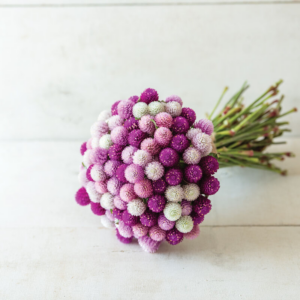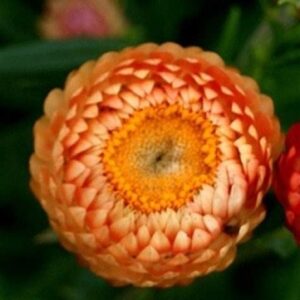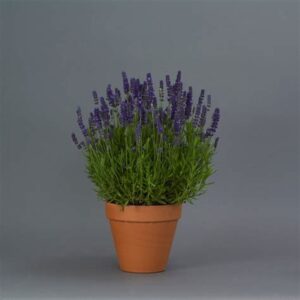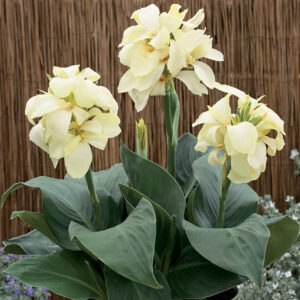AFRICAN DAISY
1,950 د.ك
These daisies originate in the African region of Namaqualand, as well as the country of Namibia. As soon as the spring rains come, these bright daisies begin blooming; they always face the sun, and will close in cloudy weather or at sunset. Because moisture in these regions can be erratic, this plant must adapt to drought conditions. The genus name “Dimorpotheca” comes from the Greek words for “two shaped fruit,” referring to the plant’s unique ability to produce two types of seed.
Sowing: For the best growth, start the seed indoors in late winter. Sow on the surface in a flat, covering them thinly with soil; keep the soil consistently moist and at a temperature of 65-70 degrees until germination, which should take place within 10-14 days. Transplant outdoors when the soil has thoroughly warmed, several weeks after the last frost. In warmer climates, the seed can be direct sown; cover them lightly to keep them from blowing away, and keep the soil consistently moist until germination.
Growing: This plant adapts well to poor or dry soil. Keep seedlings consistently moist until they have become established; mature plants are fairly drought tolerant, though they will grow well with regular watering. This plant takes about three months to flower when grown from seed. Deadheading will help the plant produce the most blossoms. Though an annual, it will reseed itself and come back as a perennial if allowed to drop its seed. This plant grows well in rock gardens or dry areas, and attracts butterflies and bees.
Harvesting: This lovely daisy closes without the rays of the sun, and does not make a suitable cut flower.
Seed Saving: After flowering, this plant will produce flat, papery seeds. Since they the wind often blows them away, they should be gathered as soon as they have ripened to a light tan color. Shake the seeds into a container. Store the seeds in a cool, dry place.
Common Names: Cape Marigold, Glandular Cape Marigold, Sun Marigold
Latin Name: Dimorphotheca sinuata
Species Origin: Southern Africa
Type: Garden Flowers
Life Cycle: Annual
USDA Zones: 1, 2, 3, 4, 5, 6, 7, 8, 9, 10, 11, 12
US Regions: California, Mountain, Arid/Desert, Plains/Texas, Midwest, Northern, Northeast, Southeast
Seeds per Ounce: 14,000
Stratification: No Stratification
Germination Ease: No Stratification
Sunlight: Full Sun
Height: 12 Inches
Color: White, Pink, Orange, Yellow
Bloom Season: Blooms Late Summer, Blooms Early Fall
Uses: Cut Flowers, Dried Flowers
غير متوفر في المخزون












